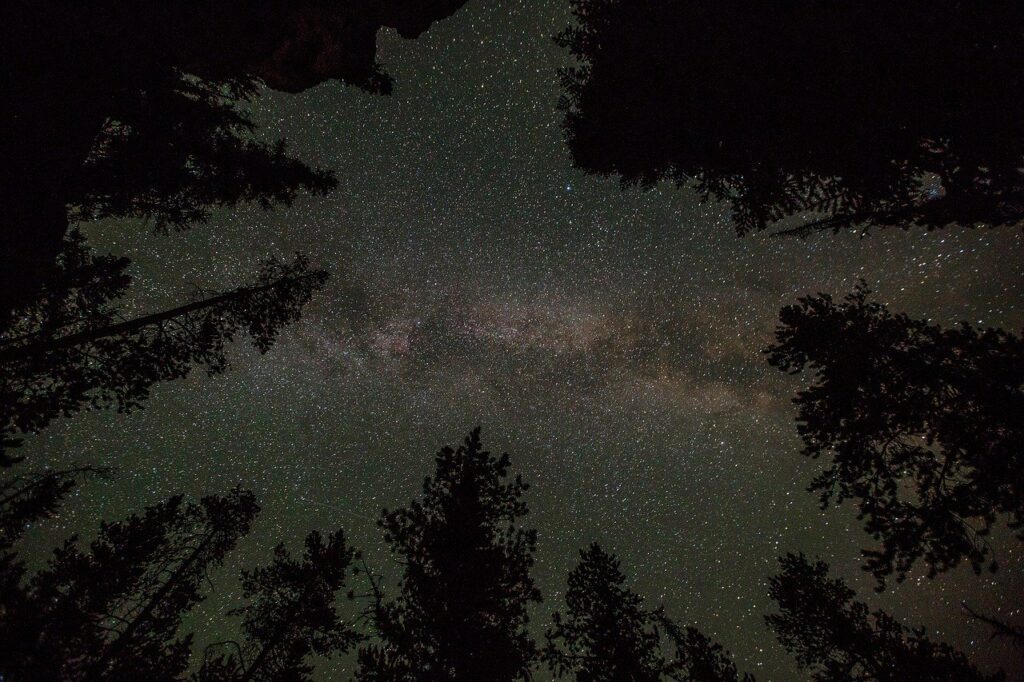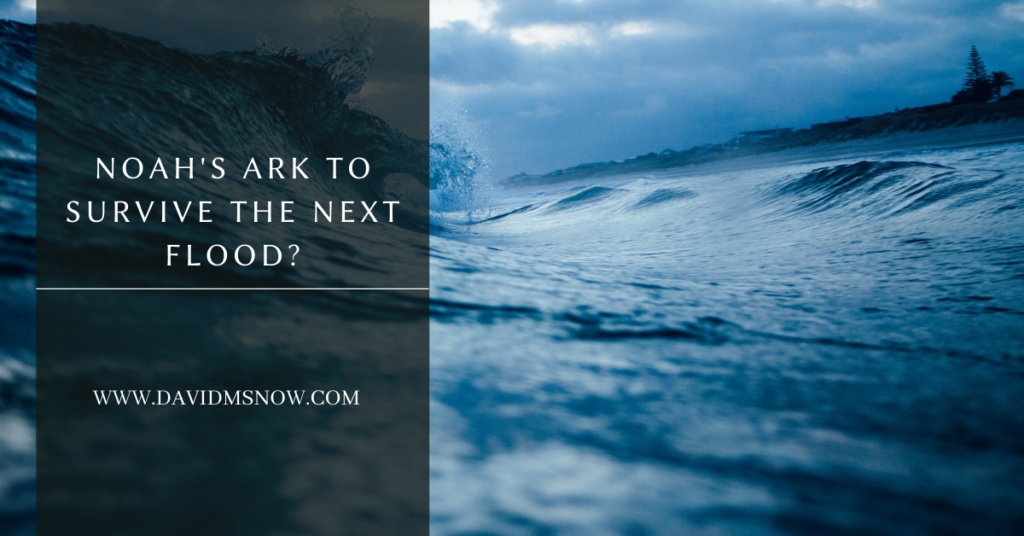
Who has never heard of the Flood and Noah’s Ark? The myth is still relevant today and, in fact, some scientists are carrying out research to locate the legendary shipwreck. In Kentucky, they even constructed an impressive 100-million-dollar life-size replica of the Ark. With today’s science, nothing stands in the way of those who wish to mastermind such a major undertaking.
Myths are a rich source of inspiration for literature and films. Of course, science-fiction authors also borrow elements from myths to create their futuristic setting and plot their stories. In my trilogy Amarante, the Ark was in part inspired by this millennial myth which is still alive even today. Who knows ? One day the Ark might become the scientific feat that will save the human species from a potential future Flood.
The Origins of the Myth

Noah’s Ark is intrinsically tied to the Flood because it was built in response to it: a gigantic ship that can house the chosen ones, animals included, who got away from the Creator’s wrath in his desire to rebuild the world anew. Historically, the Epic of Gilgamesh, which was found on twelve holy tablets that date back from 1300-1600 BC, retells this primordial legend that everyone knows. However, different versions of this infamous disaster exist. How is this possible?
We are not indifferent to the floods that occur periodically. Spring floods that happen every year because of the thaw in Canada are a good example of this. In the past, those floods were also part of people’s lives who had to protect themselves from these natural disasters.
Through oral tradition and the many geographic locations that mold our ways to see and think about the world, the myth turned into legends to better represent the reality of those people. It’s as if to explain the rise in the water level that we experience every spring, we created a myth to explain its origins. Finding reasons that lead to a natural event is comforting and gives an impression of control through knowledge. Nowadays, science responds perfectly to such a basic need for security.
The Power of a Myth
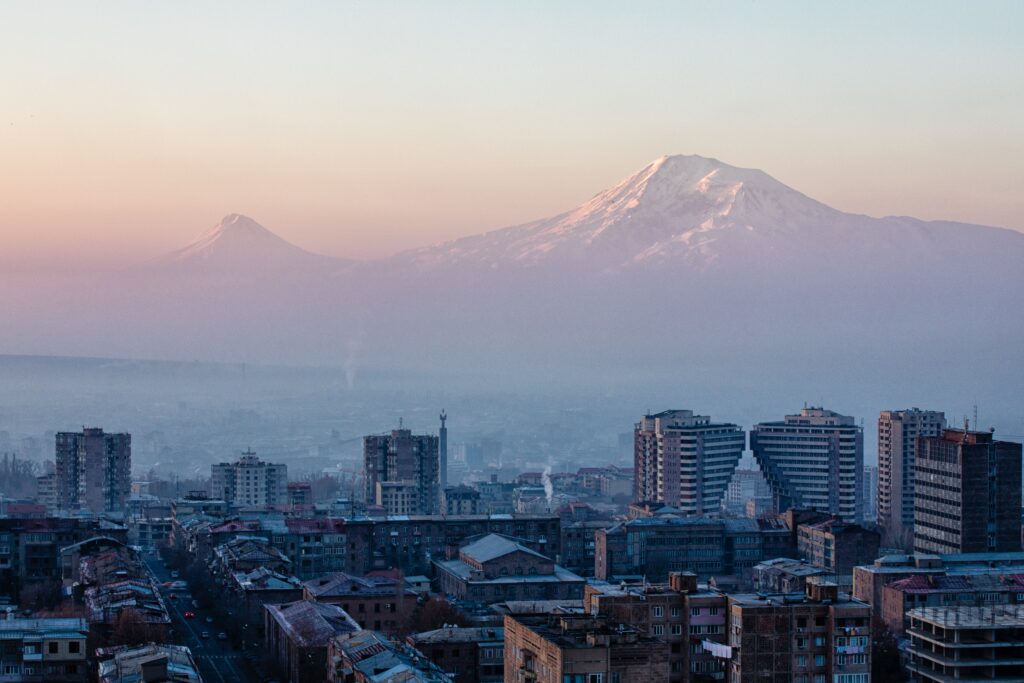
What makes the Flood and Noah’s Ark special is that they can be found within the Holy Bible, a sacred book, the pillar of a religion. They transcend the simple myth because they are facts that are deeply rooted in faith.
This myth even attracts the attention of thousands of tourists who visit Mount Ararat, the alleged location where the shipwreck of Noah’s Ark lies. In his interview with Joanna Penn, Rick Antonson reports that this mountain is also a holy symbol of pride in the local Turkish community. He describes in more details the origins of the myth and the traces it left behind up until now. You can read the interview here.
When Fiction Becomes Reality
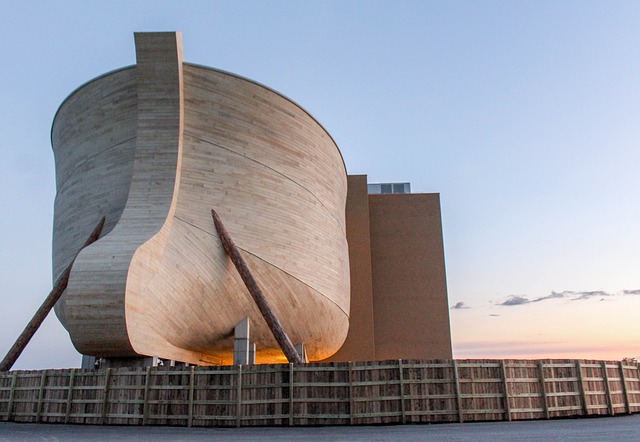
The film industry can give a second breath to myths. The movie adaptation of Darren Aronofsky of the film Noah (released in 2014) with Russell Crowe and Emma Watson is a great example. Aronofsky reimagined the myth and enhanced it with special effects that contributed to creating a larger-than-life experience.
Other movies used the Ark in the background as in 2012 (released in 2009) from Roland Emmerich. In this case, the catastrophes of 2012 include a modern version of the Flood that forces humanity to seek refuge within those sophisticated arks, more so than what we are used to seeing. The concept is in line with current tastes and it is quite interesting. I remember watching the movie and wondering what would have happened next. What if that Flood remained and humanity had to live in a modern ark for an extended period of time? What would happen then?
Amaranth
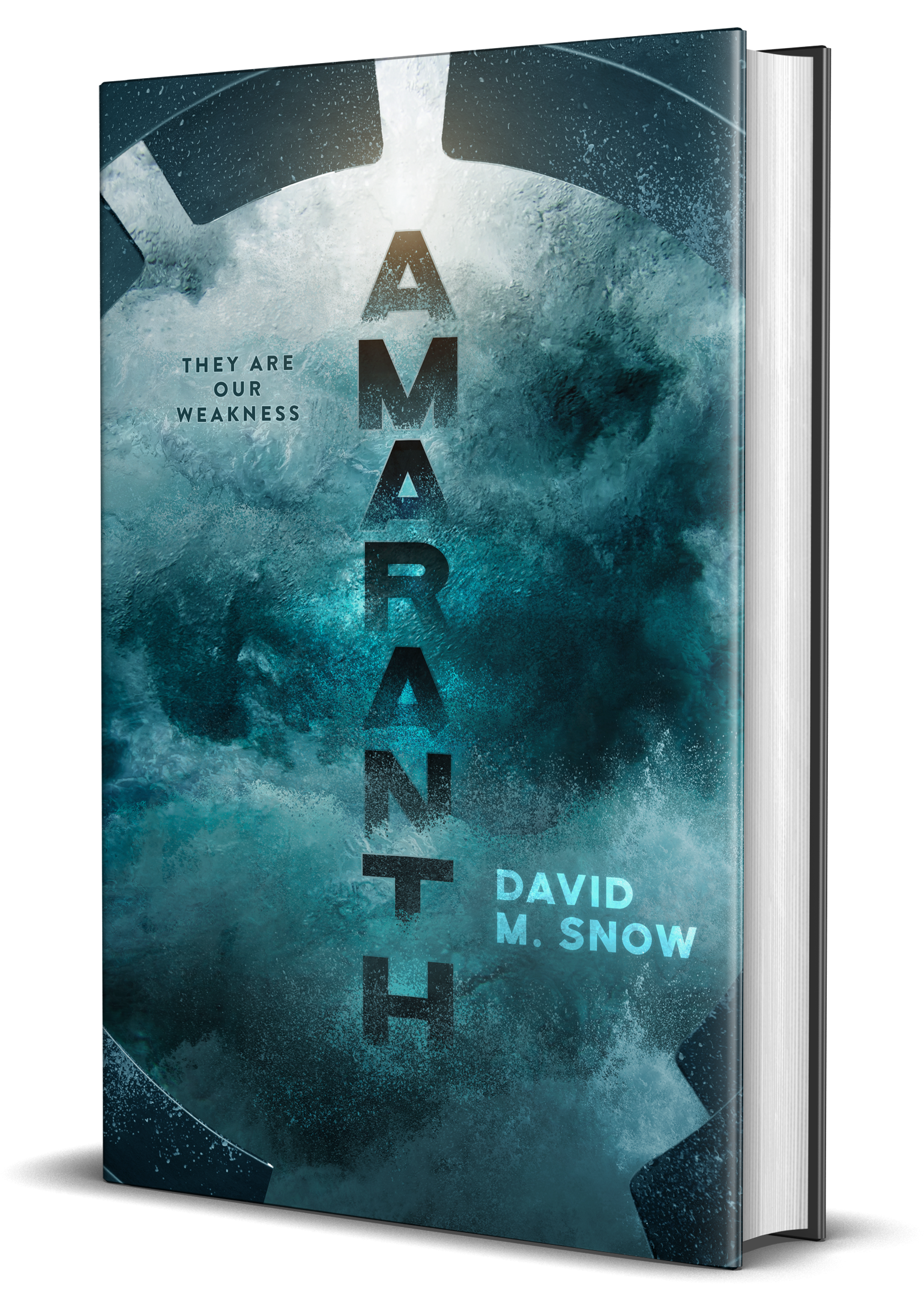
In my trilogy Amaranth, the last survivors of humanity live on the Ark and when the story begins, more than a century has elapsed since the Flood. Its inhabitants have been confined for five generations, and the time to get back to dry land hasn’t come yet.
It is difficult to imagine that entire generations have never known the world beyond the walls of this titanic vessel. They only have access to the archives to imagine for themselves what the old world might have looked like. For some, the Ark is a prison that affects them deeply on a physical and psychological level.
The response to this inevitable confinement is many. On one hand, the conditions encouraged the development of a religion that spans across generations. At its core lies a mysterious nameless Creator. He seems to be everywhere and nowhere while ruling over the cycle of life and death. He is the answer that explains the disaster that engulfed the world and a way to avoid falling into the madness of not knowing what fate has in store. On the other hand, there are those who haven’t lost hope yet and who use it for bartering between life and death.
The book focusses on the effects of an inclement land and prolonged isolation. It is a time to seek refuge, to heal the wounds of the soul and to dream of a better future.
Amaranth will launch through a Kickstarter campaign this summer of 2022. Stay tuned by subscribing to my mailing list!
A Future Molded by Myths
New myths will keep feeding our imagination for generations to come, and they will offer us a fresh way to perceive the world. Science-fiction and fantasy books are an ideal starting point.
Do you know any film adaptations of other myths that you enjoyed? If so, please share them!
For those interested in learning more about myths and travel, I highly recommend Rick Antonson’s interview who is also the author of Full Moon over Noah’s Ark: An Odyssey to Mount Ararat and Beyond (2015).
Happy reading!


